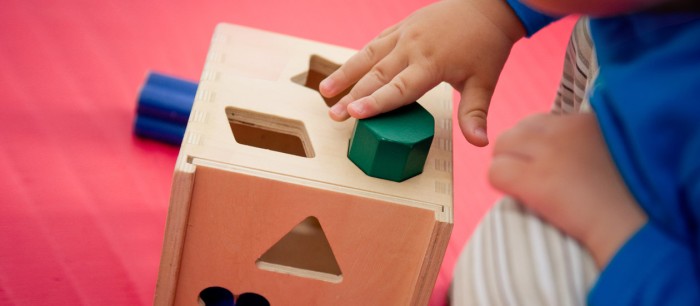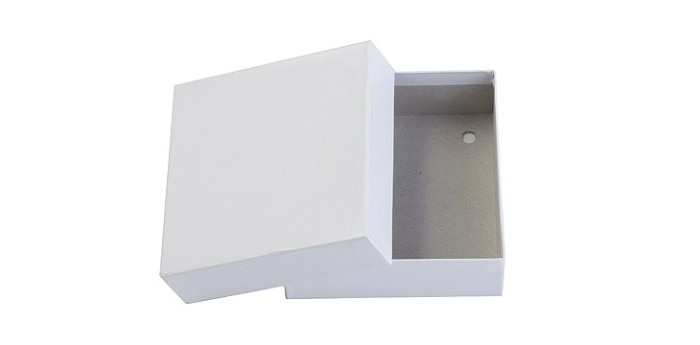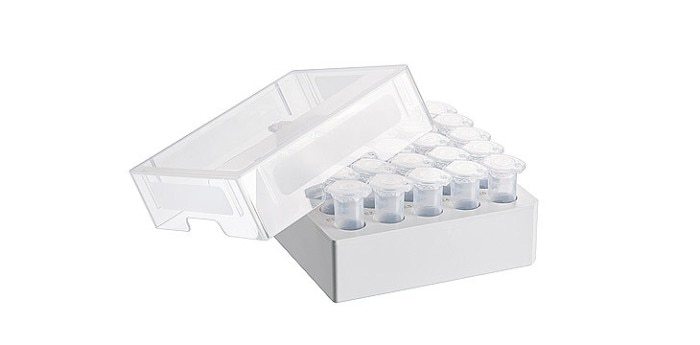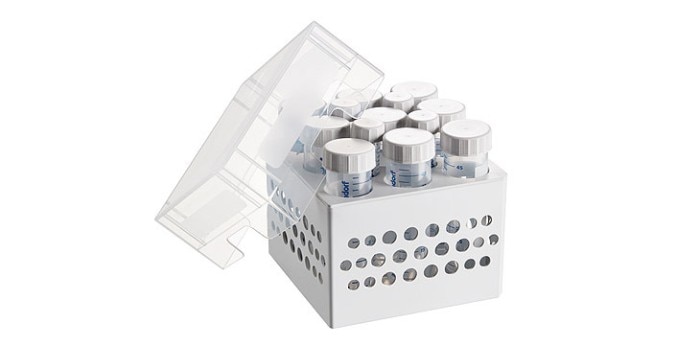MENÚ
AR | ARS
AR | ARS
-
- Pipeteo manual & dispensación
- Pipetas mecánicas
- Pipetas electrónicas
- Pipetas multicanal
- Pipetas de desplazamiento positivo y dispensadores
- Pipeteo automatizado
- Dispensadores de botella
- Controladores de pipeta
- Puntas de pipeta
- Consumibles de automatización
- Accesorios para dispensadores y pipetas
- Accesorios de automatización
- Servicios para dispensadores y pipetas
Está a punto de abandonar este sitio.
Por favor, tenga en cuenta que su carro de la compra actual no ha sido guardado todavía y no podrá ser restablecido en el nuevo sitio ni cuando regrese. Si desea guardar su carro de la compra, inicie sesión en su cuenta.
No se han encontrado resultados
Sugerencias de búsqueda

Still Bagging Samples?
Academia de laboratorio
- Biología celular
- Almacenaje
- Ultracongeladores y accesorios
- Ensayo
The storage style of samples in the ULT freezer can result in a lively discussion in lab teams. Freelance storage with hundreds of single microtubes in a plastic bag or even spread in one ULT freezer compartment can result in tough discussion within the lab team.
Different sizes
For optimal and economical usage of the existing storage room at -80°C, vessels should be stored in freezer boxes which fit exactly to the vessel dimensions. For sure, 2 mL vessels can be stored in boxes dedicated for 50 mL conical tubes. But this style is uneconomic as you waste a lot of storage space. Besides, removing microtubes out of the 120 mm deep boxes is quite uncomfortable. Nowadays, there are all kind of different box sizes available, fitting to all commonly used vessel types. Different inner grid variants provide a perfect fit to these formats: cryogenic tubes, microtubes, conical tubes 15 and 50 mL, and other laboratory vessels. Common size standard is “inch”, e.g. 2 in boxes for 53 mm microtubes. The footprint of the freezer boxes is by standard 133 mm x 133 mm.Related metal racks are standardized for these footprints.
Leer más
Leer menos
| inch | mm | Example tubes |
| 2 | 53 | 1.5/ 2.0 mL Microtubes |
| 2.5 | 64 | 5 mL microtubes |
| 3 | 76 | 3 mL cryotubes |
| 4 | 102 | 5 mL cryotubes |
| 5 | 127 | 15/ 50 mL conical tubes |
Leer más
Leer menos
Material
In principle, there are just two materials used for freezer boxes: Either cardboard or plastic material. The cardboard material (mostly white surface) are cost-efficient but have a limited lifetime due to the humidity and even wetness during daily routine working at the freezer. As the cardboard material can be recycled, the sustainable factor is high.Leer más
Leer menos

In contrast to that, plastic boxes have a higher price but the boxes easily survive many years of usage due to their robustness. Besides, differently colored boxes support intuitive sample sorting (e.g. blue box for sample type A or user 1 versus orange boxes for sample type B or user 2).
Leer más
Leer menos

Structure
There is a temperature delta of more than 100°C between the ambient temperature in the lab and the frozen samples. The thermodynamic tension on the material requires reinforcement of the boxes by plastic bracing as well as ventilation ports for larger freezer boxes as for 15/ 50 mL tubes conical for an even temperature adaption.Leer más
Leer menos

Labeling
The labeling of boxes can be done directly on the surface, via adhesive labels, or via paper slip attached by transparent duct tape. Independent from handwritten, printed labels, or barcodes, a security layer of transparent duct tape might help against mechanical damage.Printed labels (plain writing or barcode) are recommended to make reading as easy as possible for everyone else besides the author.
Number of samples
At the beginning of a research life, the number of samples resp. vessels is limited. The approach “all protein samples belong to the first box, the DNA samples belong to the second box, ...” fits. Over the time, the accumulation of samples exceeds the capacity of this sorting style.A sorting system based on metal racks provides a systematic approach. Sample management for easy refinding of samples can be handled by dedicated databases.
Leer más
Leer menos
